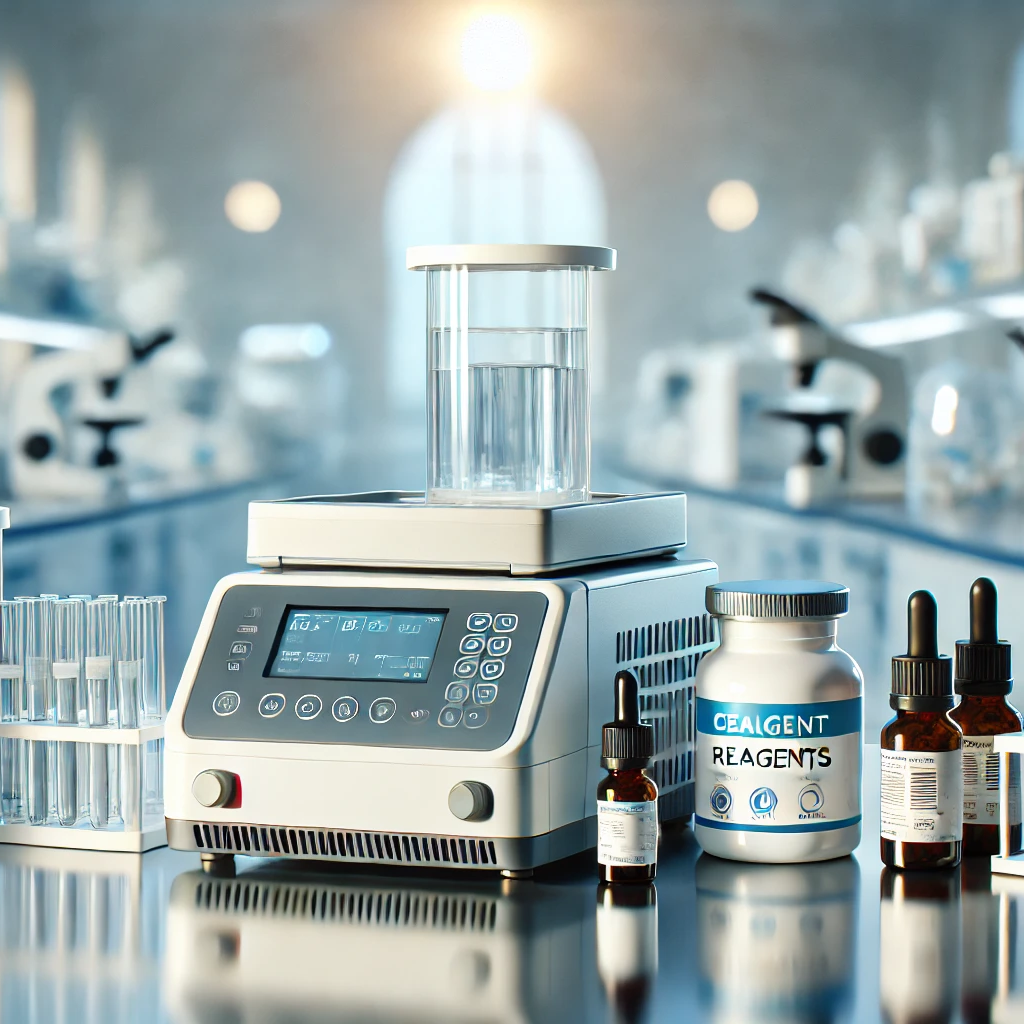Product Description
Application: ELISA (Routinely Tested)
RRID: AB_10053566
Storage Buffer: Aqueous buffered solution containing BSA and ≤0.09% sodium azide.
Regulatory Status: RUO
Preparation And Storage: Preparation And Storage Streptavidin was conjugated with the enzyme under optimal conditions. Store undiluted at 4°C and protected from prolonged exposure to light. Do not freeze. For extended storage, we recommend the addition of an equal volume of glycerol, making a final concentration of 50% glycerol and reducing the concentration by 50%.
Recommended Assay Procedures: Recommended Assay Procedures This AKP Streptavidin conjugate can be used to label the biotinylated Detection antibody in ELISA (with an appropriate substrate system). A dilution of 1:1000 is recommended (1:500 if glycerol has been added). For Immunohistochemical staining, we recommend the use of AKP Streptavidin in our special formulation for Immunohistochemistry, BD Pharmingen™ AKP Streptavidin (Cat. No. 551008). General Sandwich ELISA Protocol for 96-well ELISA Plates Materials needed: Binding Solution Phosphate Buffered Saline (PBS) pH 7.2. Note that the pH of the PBS can be increased or decreased or other buffers can be used to obtain better binding of a Capture antibody as experimentally determined. PBS/Tween® Add 0.5 ml of Tween®-20 in 1 L of 1× PBS for a 0.05% solution of Tween®-20. Blocking Buffer: Prepare 10% fetal bovine serum (FBS) or 1% BSA (immunoassay grade) in PBS. The Blocking Buffer should be filtered to remove particulates before use. Blocking Buffer/Tween®: Prepare 10% fetal bovine serum (FBS), 10% newborn calf serum (NBCS) or 1% BSA (immunoassay grade) in PBS/Tween®. The Blocking Buffer should be filtered to remove particulates before use. Chromogenic Substrates Prepare substrate solutions with the commercially available AKP substrate, P Nitrophenyl Phosphate (PNPP). PNPP is a water-soluble substrate that yields a yellow-colored end product (that absorbs light at 405 nm) upon reaction with AKP. The intensity of the color is proportional to the amount of antibody or antigen present in the test sample, which can be quantified using an ELISA reader and ELISA software. Capture antibody: 1. Dilute the purified analyte-specific Capture antibody to ~1-4 μg/ml in Binding Solution. Add 50 μl of diluted antibody to the wells of an enhanced protein-binding ELISA plate. 2. Seal plate to prevent evaporation. Incubate overnight at 4°C. Blocking: 3. Bring the plate to RT, wash 3 times with PBS/Tween®, and block non-specific binding by adding 200 μl of Blocking Buffer per well. 4. Seal plate and incubate at RT for 1-2 hr. 5. Wash ≥ 3 times with PBS/Tween®. Standards and Samples: 6. Add dilution series of the standard analyte and test samples diluted in Blocking Buffer/Tween® at 100 μl per well. 7. Seal the plate and incubate it for 2-4 hr at RT or overnight at 4°C. 8. Wash ≥ 4 times with PBS/Tween®. Detection antibody: 9. Dilute the biotinylated analyte-specific detection antibody to 0.5-2 μg/ml in Blocking Buffer/Tween®. Add 100 μl of diluted antibody to each well. 10. Seal the plate and incubate it for 1 hr at RT. 11. Wash ≥ 4 times with PBS/Tween®. Streptavidin Alkaline Phosphatase (AKP Streptavidin): 12. Dilute the AKP Streptavidin conjugate (Cat. No. 554065) to its pre-titered optimal concentration in Blocking Buffer/Tween®. Add 100 μl per well. 13. Seal the plate and incubate it at RT for 30 min. 14. Wash ≥ 5 times with PBS/Tween®. Chromogenic Substrate: 15. Dispense 100 μl of p-Nitrophenylphosphate (1 mg/ml in 0.05 M K2C03, 1 mM MgCI2, pH 9.8) into each well. Incubate at RT (5-45 min) and monitor for color development. 16. After development of the color reaction, the well contents are measured for absorbance at 410 nm using an ELISA microplate reader. Plots of absorbance measured at 410 nm versus a dilution series of standard analyte concentrations using ELISA software can be employed to calculate analyte levels present in samples. Hazard statements May cause an allergic skin reaction. Precautionary statements Wear protective gloves and eye protection. Wear protective clothing. Avoid breathing mist/vapours/spray. If skin irritation or rash occurs: Get medical advice/attention. IF ON SKIN: Wash with plenty of water. Dispose of contents/container in accordance with local/regional/national/international regulations.
Product Notices: Product Notices Please refer to www.bdbiosciences.com/us/s/resources for technical protocols. Since applications vary, each investigator should titrate the reagent to obtain optimal results. Caution: Sodium azide yields highly toxic hydrazoic acid under acidic conditions. Dilute azide compounds in running water before discarding to avoid accumulation of potentially explosive deposits in plumbing. Source of all serum proteins is from USDA inspected abattoirs located in the United States. Please refer to http://regdocs.bd.com to access safety data sheets (SDS). For U.S. patents that may apply, see bd.com/patents.
Order Guidelines
1. Price & Stock Available on Request. Click to send email to: service@iright.com
2. Please DO NOT make payment before confirmation.
3. Minimum order value of $1,000 USD required.
Collaboration
Tony Tang
Email: Tony.Tang@iright.com
Mobile/WhatsApp/Wechat: +86-17717886924
